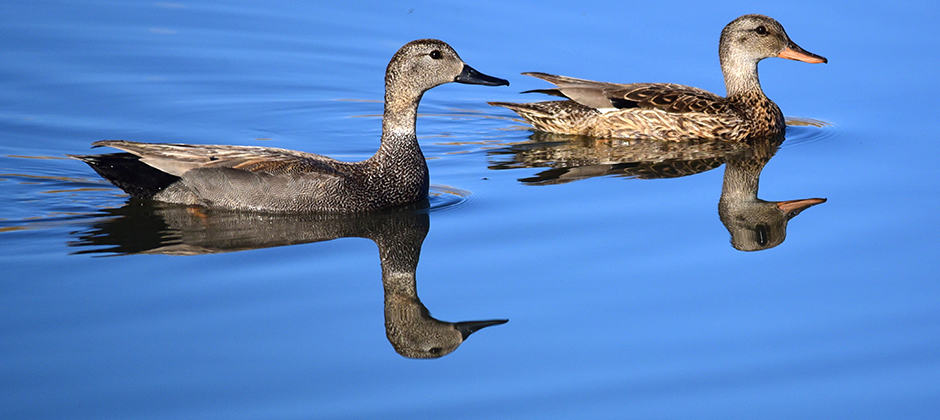Share this article
Key bird surveys canceled due to COVID-19
COVID-19 has affected everyone, and wildlifers are no exception. In this series, TWS is looking at challenges facing the profession due to the pandemic.
Several bird surveys have been canceled this summer due to coronavirus mitigation measures, including a major waterfowl survey that’s been conducted annually for 65 years.
Covering 2 million square miles, the Waterfowl Breeding Population and Habitat Survey usually takes place each spring. Conducted by the U.S. Fish and Wildlife Service’s Migratory Bird Program, state wildlife agencies and Canadian Wildlife Services, the survey is used to estimate the size of breeding waterfowl populations across North America, evaluate conditions on the breeding grounds and help managers determine harvest regulations for the following year.
The survey has been conducted every year since 1955, but because it requires interstate and international travel with airplane and ground crews, the Service decided it could pose a threat of spreading the novel coronavirus.
“In one sense, it was a really difficult decision not to participate in that, but on the flip side, it was a very easy decision because what we wanted to do is ensure the health and safety of our employees and protect the American and Canadian public,” said Dr. Ken Richkus, Chief of the Division of Migratory Bird Management for the U.S Fish and Wildlife Service.
Without the survey, the USFWS and partners knew they needed to find another way to figure out population numbers to inform regulations for the 2021-22 waterfowl season, so they turned to historical data to model spring populations.
“It’s not ideal per say, we would love to have that information at hand, but we do have information to make good informed decisions about harvest and management activities,” Richkus said.
The waterfowl survey isn’t the only one that was impacted this past spring. The mottled duck (Anas fulvigula) breeding population survey, the midcontinent sandhill crane (Grus canadensis) survey, the American woodcock (Scolopax minor) singing ground survey and several goose surveys were also canceled.
To help survey other migratory birds, Richkus said they are also turning to citizen science, since plenty of people are spending time outdoors. “The best example is how we come up with bald eagle estimates,” he said, adding that they rely heavily on data from the citizen science platform eBird. “We’re continuing to explore new methods and new data.”
Mike Brasher, a waterfowl scientist with Ducks Unlimited, said he expects waterfowl hunters to continue to turn out, regardless of what happens with COVID-19.
“Waterfowl hunting is an outdoor activity,” he said. “I don’t expect the virus to have much of an impact at all. If people are still home bound come fall or winter, it may actually increase the number of participants. People are wanting to be outside.”
Header Image:
A pair of gadwalls (Mareca strepera) are reflected in the water at Seedskadee National Wildlife Refuge.
Credit: Tom Koerner/U.S. Fish and Wildlife Service








